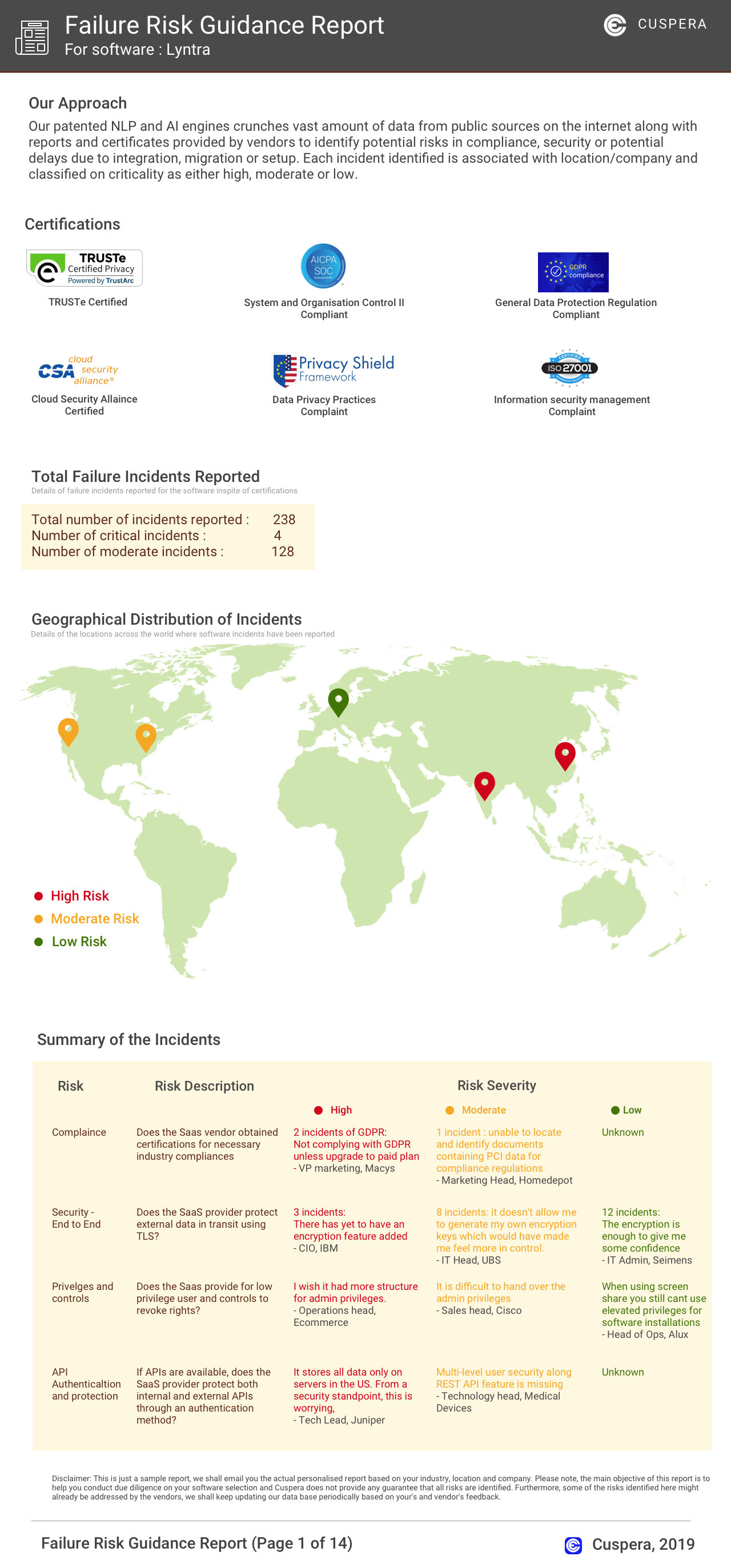Overview: Blueshift and Lytics CDP as Customer Data Platform Category solutions.
Blueshift excels in engagement management with a strong focus on AI and integration, primarily serving the enterprise sector with broad industry reach including financial services and education. Lytics CDP targets personalized marketing and lifetime value, tailored more for enterprises in IT, publishing, and marketing. With distinct capabilities, Blueshift dominates in integration and broad customer segments, while Lytics CDP concentrates on specific market dynamics and enhancing customer relationships.
Blueshift: Blueshift automates cross-channel campaigns with AI-driven customer engagement. It combines a CDP and marketing automation for effective marketing.
Lytics CDP: Lytics is a secure, flexible composable CDP designed for enterprises. It integrates with marketing and ad tech stacks.
Blueshift and Lytics CDP: Best Use cases based on the customer satisfaction data
Key Capabilities Supported
Blueshift supports robust engagement management and campaign processes, fitting large-scale operations with diverse communication needs. read more →
Lytics CDP focuses on personalized marketing and value management, emphasizing segmentation and ad placement. read more →
Business Goals
Blueshift helps acquire customers, boost sales, and improve ROI, appealing to organizations eyeing expansion and market penetration. read more →
Lytics CDP enhances customer relationships and manages lifetime value, assisting companies that prioritize long-term client engagement. read more →
Core Features
Blueshift's AI-powered analytics and seamless integration empower users with customized reports and data handling. read more →
Lytics CDP offers analytics with a focus on security, privacy, and integrating customized reports for actionable insights. read more →
Vendor Support
Blueshift provides comprehensive support, including 24/7 assistance, catering to needs for immediate help. read more →
Lytics CDP offers email and 24/7 support, though at a more limited scope, suitable for straightforward inquiries. read more →
Segments and Industries
Blueshift attracts enterprises and financial services, with wide application across various sectors. read more →
Lytics CDP serves IT and marketing industries, tailored for enterprise environments. read more →
Operational Alignment
Blueshift integrates smoothly into workflows of large enterprises, supporting complex marketing structures. read more →
Lytics CDP aligns well with personalized strategies, ideal for organizations focusing on customer-centric operations. read more →
Failure Risk Guidance?
Compliance Risk
{{{rsh_C_1}}}
{{{rsh_C_1}}}
Security & Privacy Risk
{{{rsh_C_1}}}
{{{rsh_C_1}}}
Integration Risk
{{{rsh_C_1}}}
{{{rsh_C_1}}}
Migration Risk
{{{rsh_C_1}}}
{{{rsh_C_1}}}
IT and Other Capabilities
- Low
- Medium
- High
Data
Support
Others
Most deployed common Use Cases for Blueshift and Lytics CDP
What Are the key features of Blueshift and Lytics CDP for Engagement Management?
What benefits does Blueshift and Lytics CDP offer for Advertisement?
How can Blueshift and Lytics CDP optimize your Campaign Management Workflow?
What Are the key features of Blueshift and Lytics CDP for Segmentation And Targeting?
Blueshift in Action: Unique Use Cases
How does Blueshift address your Communication Management Challenges?
Lytics CDP in Action: Unique Use Cases
What makes Lytics CDP ideal for Personalized Marketing?
Alternatives
Integrations
Few Blueshift Integrations
Few Lytics CDP Integrations
News
Latest Blueshift News
Blueshifts Cross-channel Marketing Platform Named Leader in Winter 2025 by G2
Blueshift offers cross-channel marketing intelligence to understand customer journeys, featuring tools like campaign journeys, audience segmentation, and predictive audiences. It supports various channels including email, SMS, and WhatsApp, and serves industries like retail, finance, and healthcare.
Latest Lytics CDP News
From segmentation to personalization: how xCDP transforms customer engagement
Lytics Experience CDP (xCDP) enhances customer engagement by moving beyond traditional segmentation to deliver personalized experiences at scale, addressing limitations of traditional and composable CDPs.





















